Imagine finding a penny in your change that’s worth $5 million. The Lincoln Wheat Penny, a humble coin from yesteryear, might just be that hidden treasure. This isn’t just pocket change—it’s a piece of history that could change your life. Ready to uncover the mystery?
What Is the Lincoln Wheat Penny?
The Lincoln Wheat Penny is a one-cent coin minted from 1909 to 1958. Featuring Abraham Lincoln’s profile on the front and two wheat stalks on the back, it’s a numismatic icon. But some rare versions, due to minting errors or low production, are worth millions. Could one be in your coin jar?
The Surprising Origin of the Wheat Penny
In 1909, the U.S. Mint honored Lincoln’s 100th birthday with a groundbreaking design by Victor David Brenner. It was the first U.S. coin to feature a real person, sparking both admiration and controversy. The VDB initials on early coins caused a stir, leading to their swift removal, making those pennies rare gems.
A Wartime Blunder Creates a Legend
During World War II, copper was scarce, so 1943 pennies were struck in steel. But a few copper pennies slipped through by mistake. These 1943 Bronze Pennies are the holy grail of coin collecting, with only 10–15 known to exist. One sold for $1.7 million in 2010, and experts estimate a mint-condition version could fetch $5 million today.
Why Is This Penny So Valuable Today?
The Lincoln Wheat Penny captivates collectors due to its rarity, historical significance, and minting errors. Low mintage years like 1909-S VDB (only 484,000 made) or 1914-D drive up value. Condition is key—pristine coins fetch exponentially more. The thrill of finding one in circulation keeps collectors on edge.
Key Lincoln Wheat Pennies and Their Values
| Year | Mint Mark | Error/Rarity | Estimated Value (Mint Condition) |
|---|---|---|---|
| 1943 | None/D/S | Bronze Error | Up to $5,000,000 |
| 1909 | S VDB | Low Mintage | Up to $3,000,000 |
| 1914 | D | Low Mintage | Up to $330,000 |
| 1955 | None | Doubled Die | Up to $224,831 |
How to Spot a Million-Dollar Penny
You don’t need to be a numismatist to hunt for treasure. Check your change, coin jars, or inherited collections. Here’s how to identify a valuable Lincoln Wheat Penny:
- Year and Mint Mark: Look for 1943 (bronze, not steel), 1909-S VDB, or 1914-D. Mint marks (S, D, or none) are below the date.
- Material Test: Use a magnet. Bronze pennies (1943) won’t stick; steel ones will.
- Condition: Sharp details and minimal wear mean higher value.
- Errors: Look for doubled lettering (e.g., 1955 Doubled Die) or missing mint marks (1922 No D).
Take suspect coins to a professional grader like PCGS or NGC. Never clean them—cleaning slashes value!
Jaw-Dropping Facts About Wheat Pennies
- Only 484,000 1909-S VDB pennies were minted before the initials were removed, sparking collector frenzy.
- A 1943 Bronze Penny sold for $1.7 million in 2010, but its value has skyrocketed since.
- The 1955 Doubled Die penny’s dramatic error is visible without a magnifying glass, making it a collector favorite.
- Some valuable coins are still found in pocket change, estate sales, or old piggy banks.
Comparing Key Wheat Penny Errors
| Error Type | Year | Visual Clue | Value Range |
|---|---|---|---|
| Bronze Error | 1943 | Copper color, non-magnetic | $150,000–$5,000,000 |
| Doubled Die | 1955 | Blurry date/lettering | $1,000–$224,831 |
| No Mint Mark | 1922 | Missing “D” on Denver coin | $500–$10,500 |
| Repunched Mint Mark | 1909 | S over horizontal S | $10,000–$32,900 |
Expert Tips for Coin Collectors
- Start Small: Build a Lincoln cent set from pocket change to learn the ropes.
- Join Communities: Connect with hobbyists on forums like ANA or NGC for insider knowledge.
- Protect Your Finds: Store coins in protective sleeves to preserve value.
- Authenticate: Always get rare coins graded by professionals to avoid counterfeits.
FAQs About Lincoln Wheat Pennies
Q: Can I still find a $5 million penny in circulation?
A: Yes, though rare, 1943 Bronze Pennies and others may lurk in change or old collections. Check carefully!
Q: How do I know if my penny is valuable?
A: Look for key dates (1909-S VDB, 1943 Bronze), mint marks, and errors. Get it appraised by experts.
Q: Are all old pennies worth money?
A: No, most Wheat Pennies are worth a few cents unless they’re rare or in mint condition.
Q: Where can I sell a valuable penny?
A: Use reputable auction houses, coin dealers, or platforms like eBay after professional grading.
Conclusion: Your Pocket Change Could Be a Fortune
The Lincoln Wheat Penny is more than a coin—it’s a piece of history with the power to transform lives. A $5 million penny might be hiding in your change jar, waiting to be discovered. Next time you find an old penny, check the date, mint mark, and material. You could be holding a numismatic legend. Start your treasure hunt today—share this post and dive into the world of coin collecting!


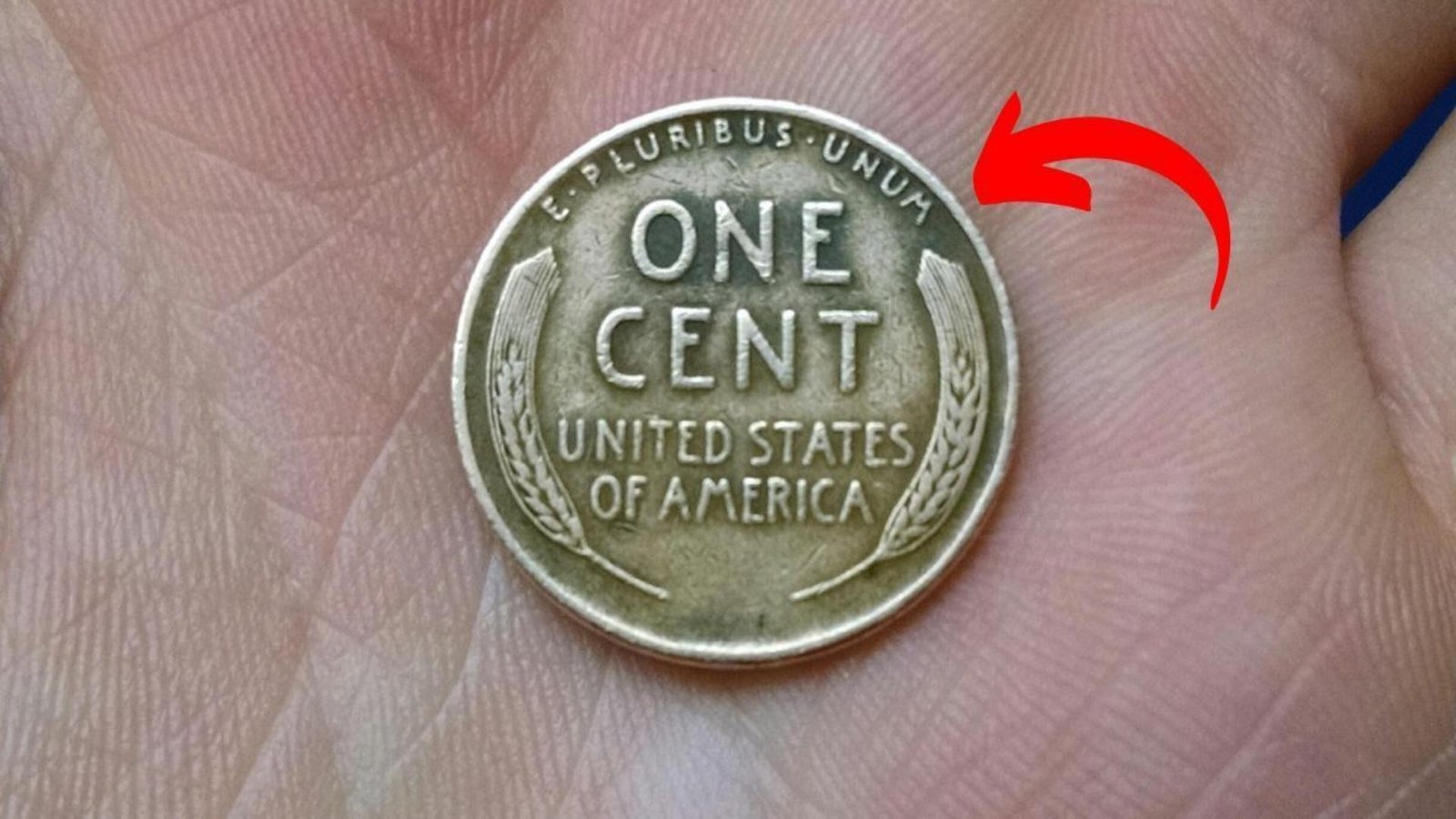
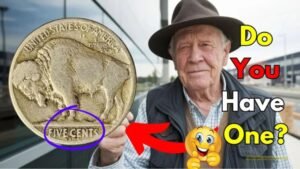

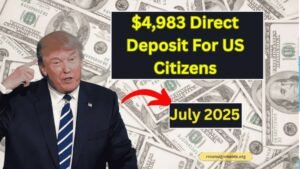

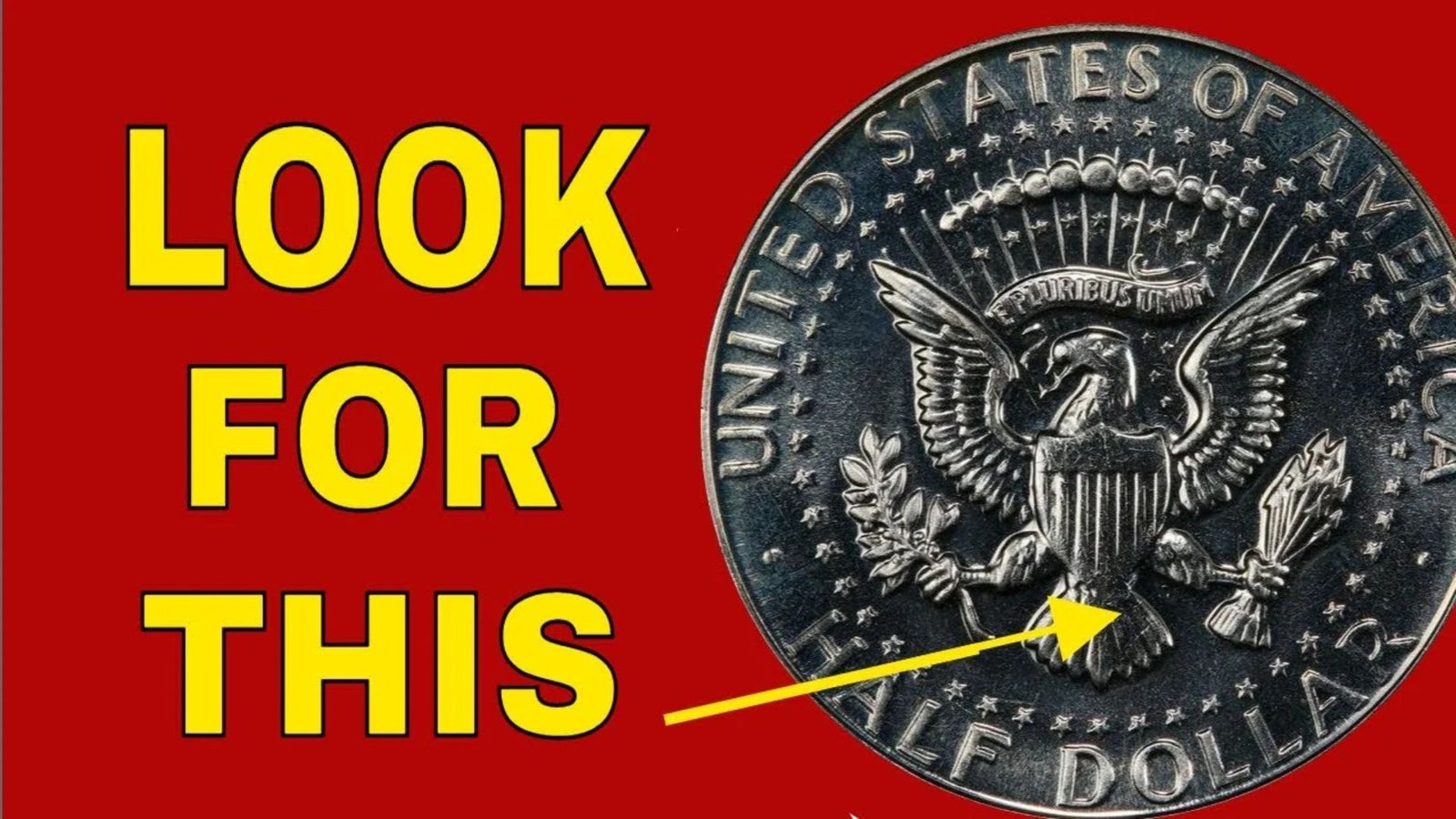
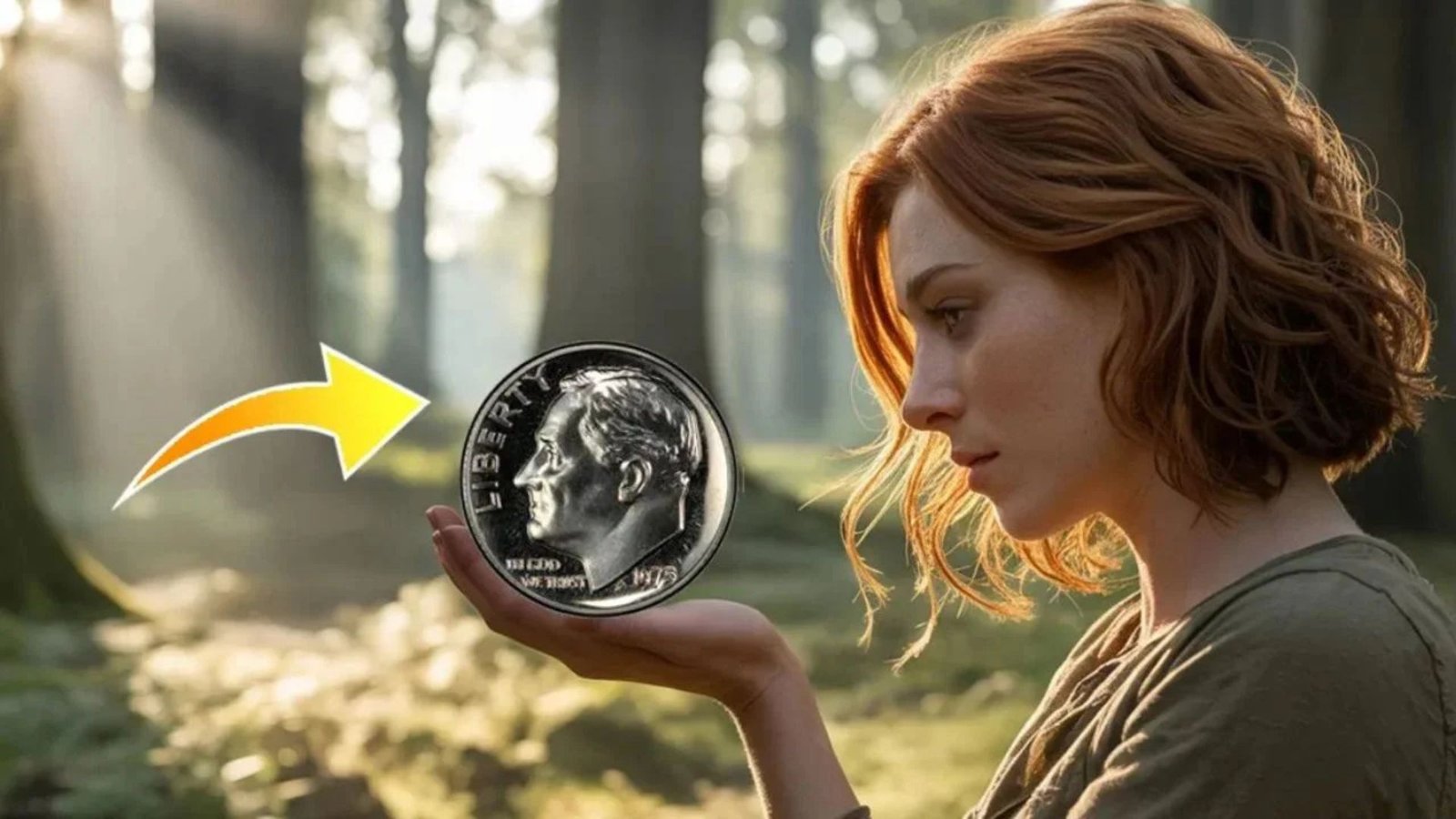

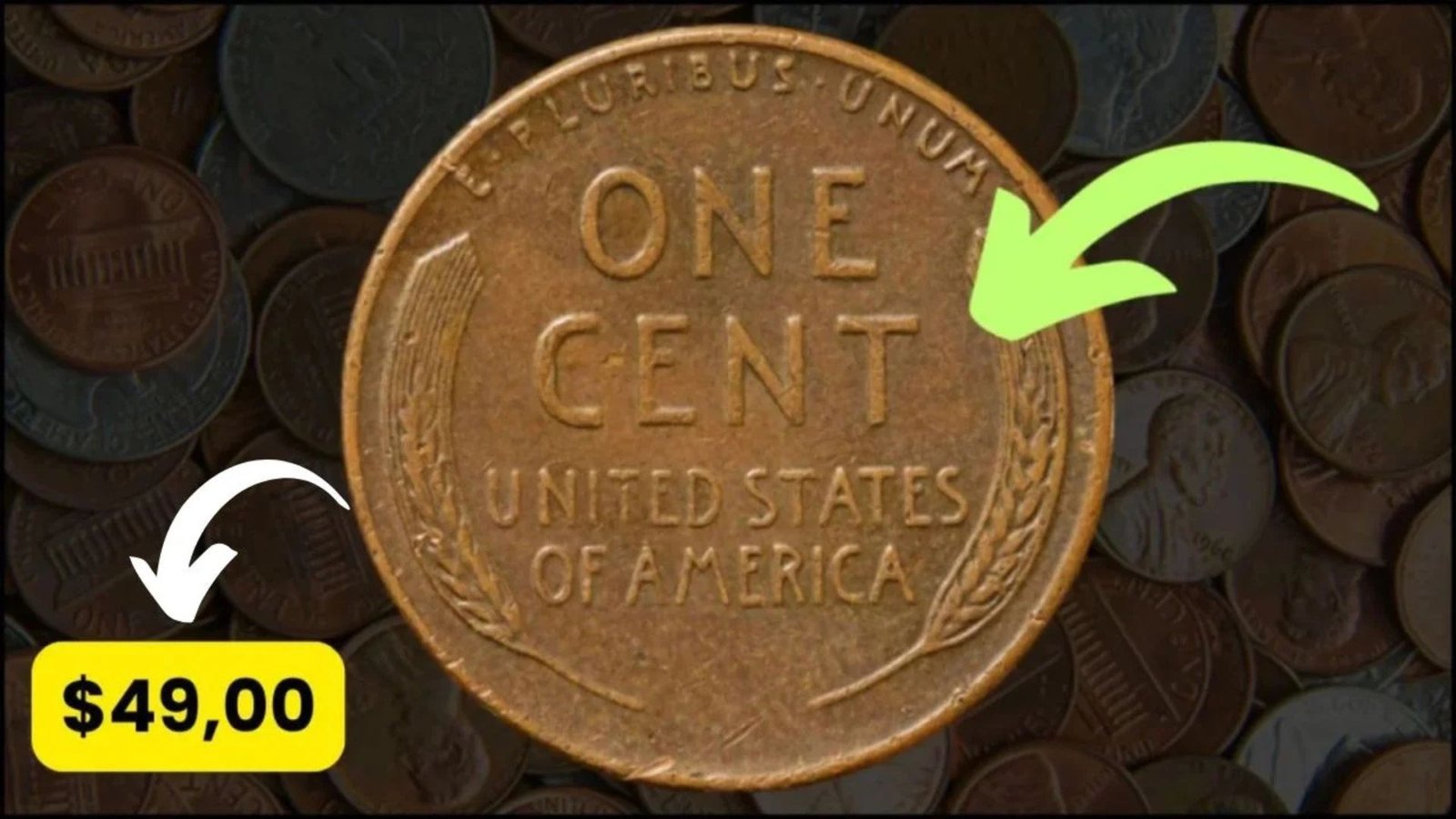

1 thought on “The Lincoln Wheat Penny Valued at $5 Million, Still in Circulation”